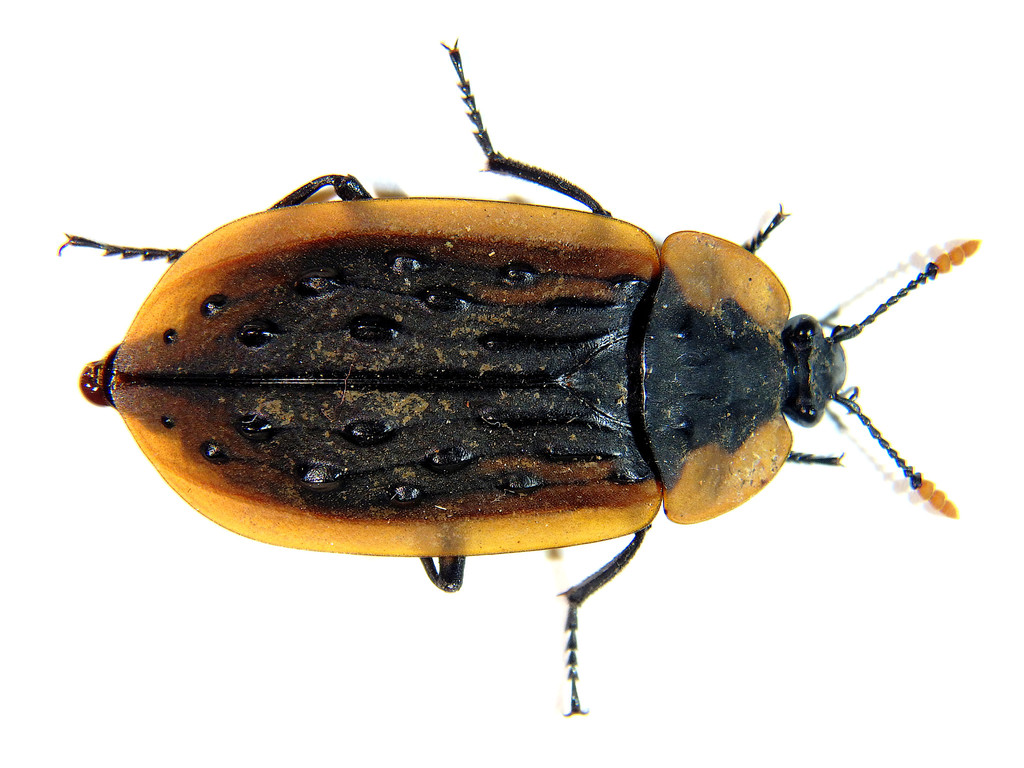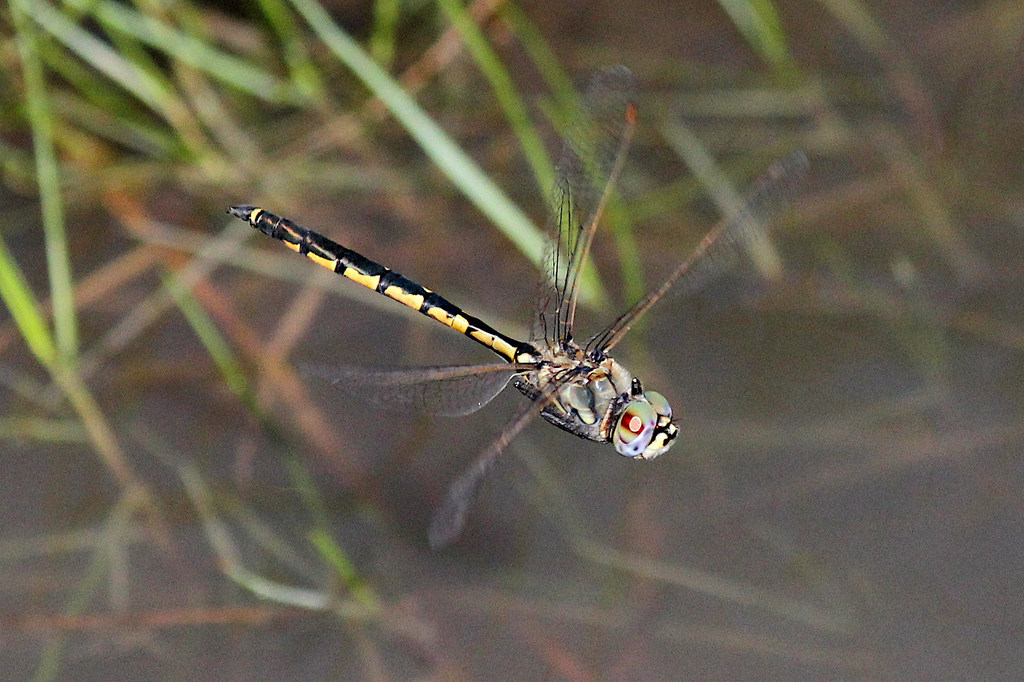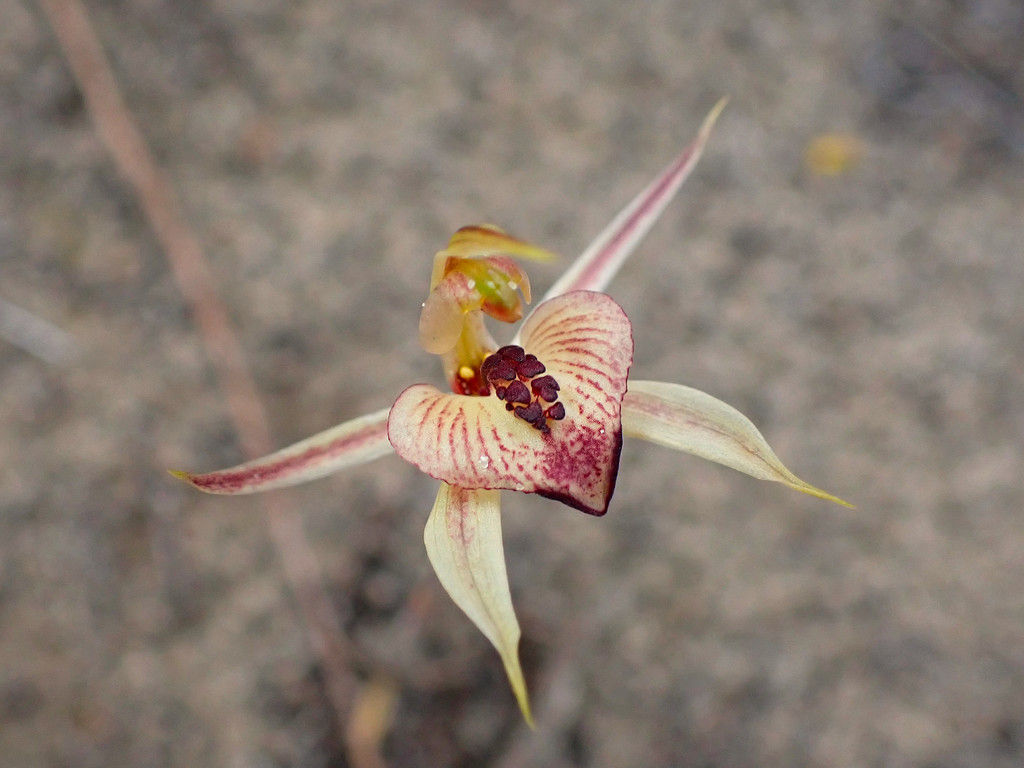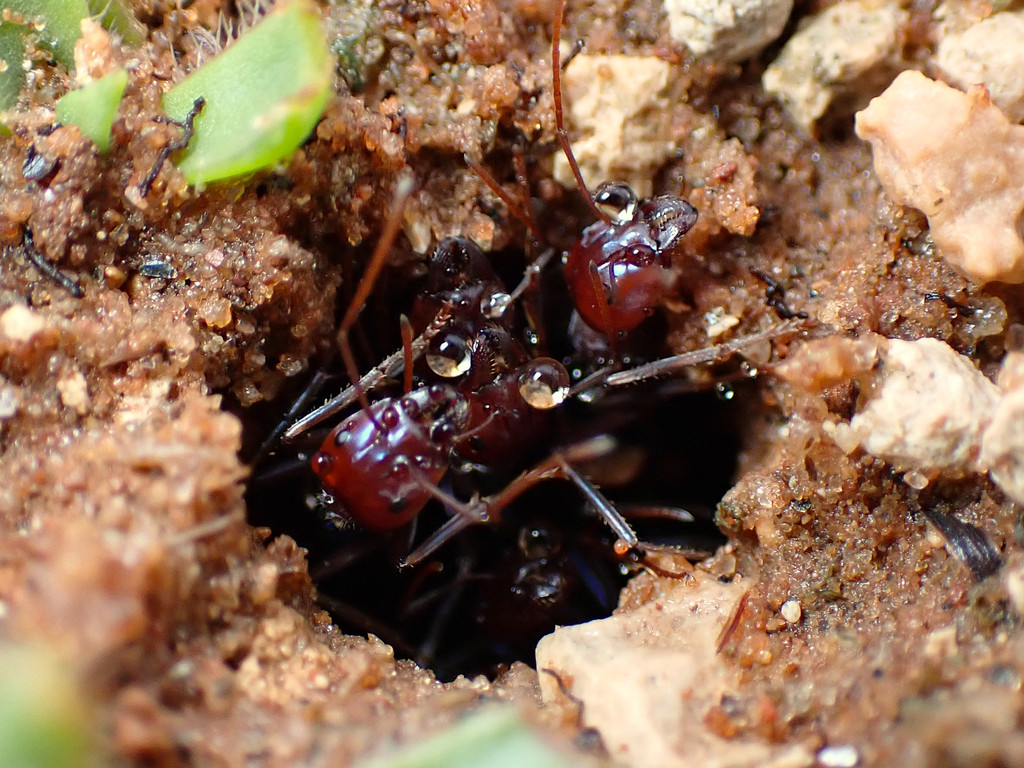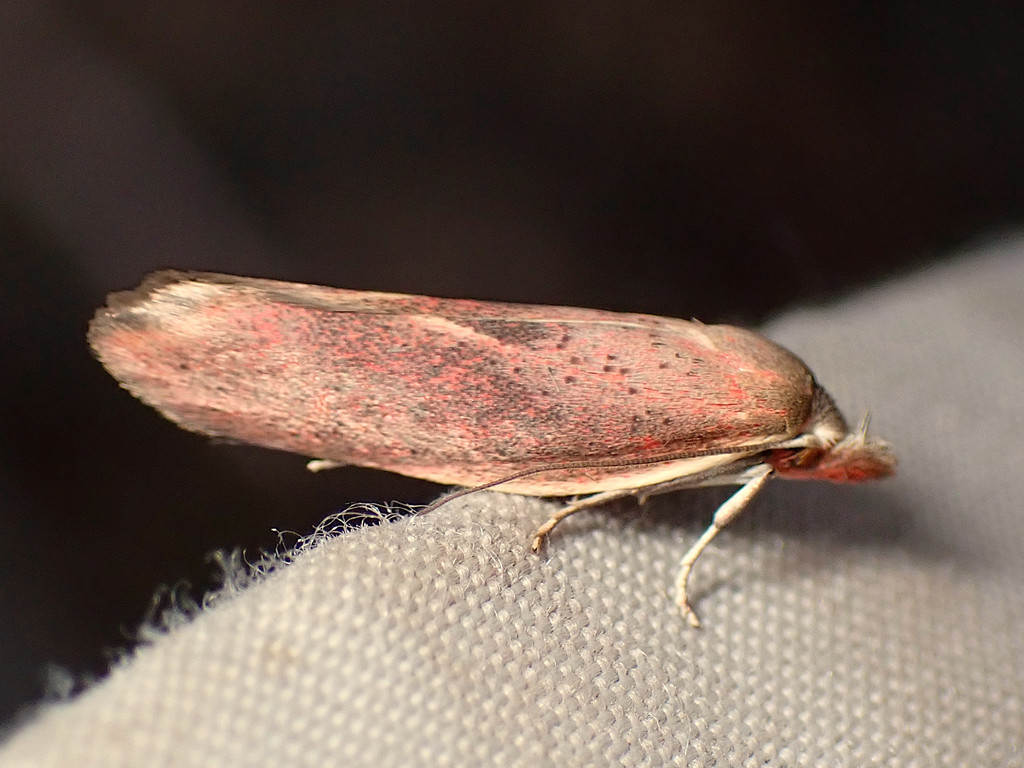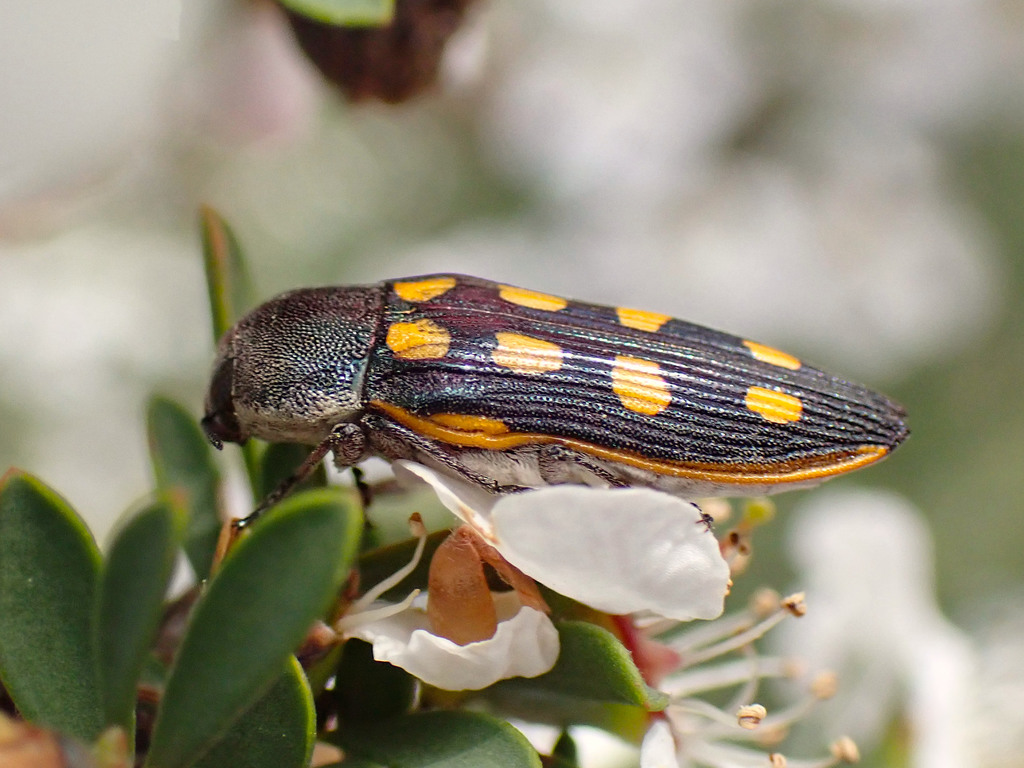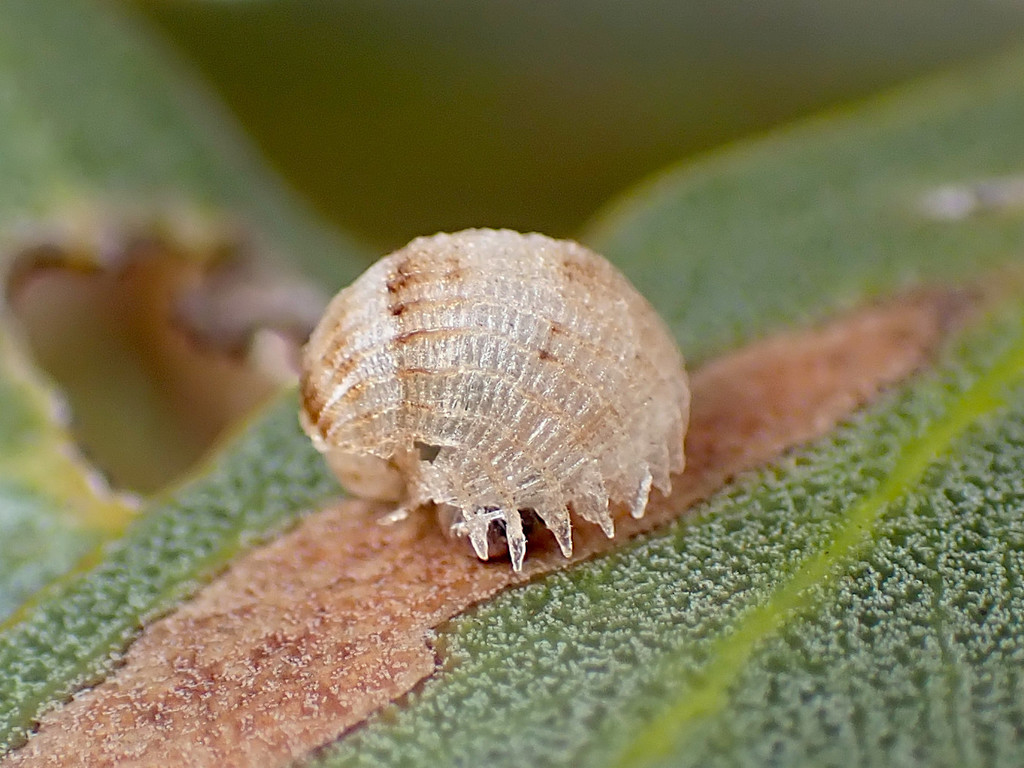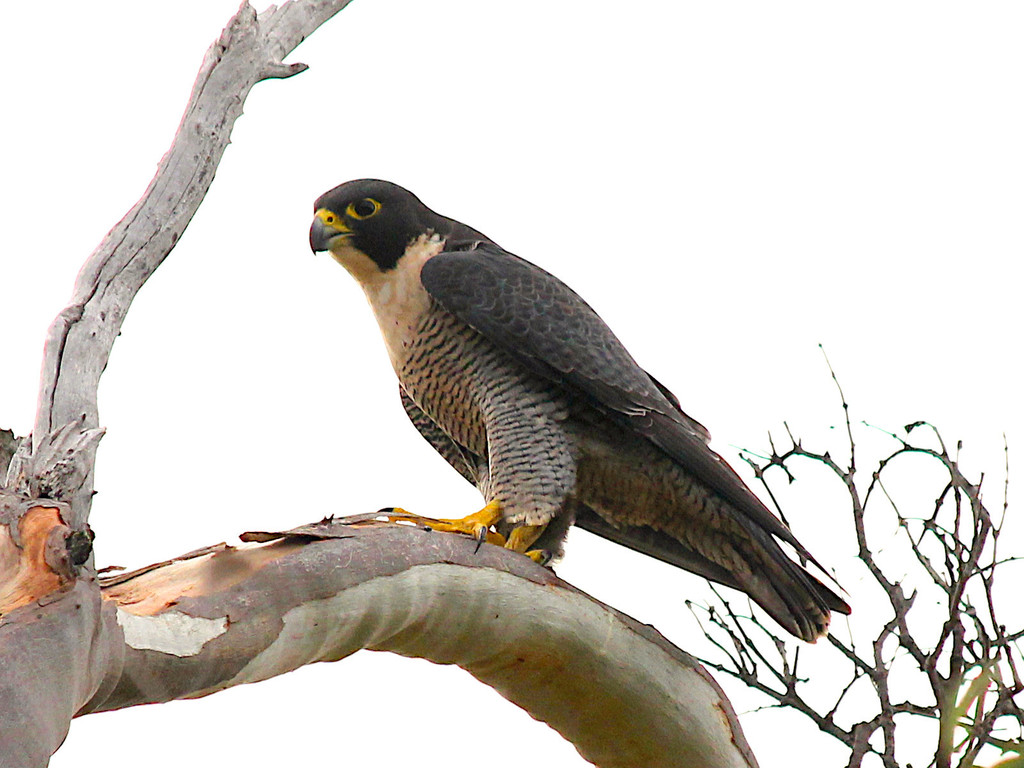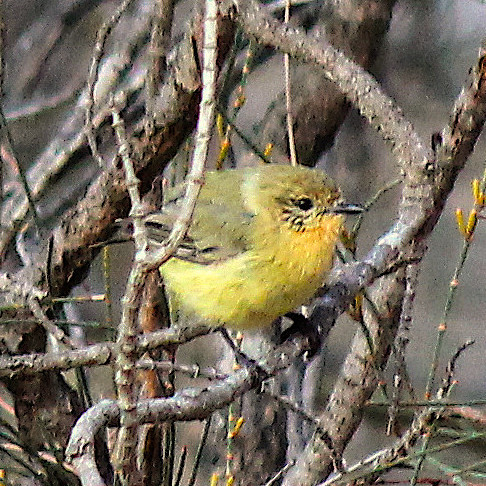SA iNaturalists - September 2021 Update

This September in SA saw 11,965 observations covering 2,008 species from a total of 450 observers. Our second highest monthly total ever, beaten only by September last year which included the GSB. There were 126 species receiving their first iNat record in SA. This month there were 95 new observers contributing their first observations in SA. Upon this months observations, 499 identifiers contributed a total of 20,643 identifications.
Uploads for SA at the end of September stand at 244,569 observations of 8,112 species from 3,656 observers with, as of today, 4,190 identifiers providing 446,348 identifications.
Help to make Adelaide the world's second 'National Park City' by signing the charter to show your support. For more info see the video Adelaide’s Green Movement: Actions Creating a National Park City.
Are you ready for the Great Southern Bioblitz 2021? Running from Friday 22nd through Monday 25th October, upload any observations from a participating region during this time and you are automatically participating. I'll put together an 'everything-you-need-to-know' post in the next few days.
Featured Observations from September
A Sun Loving Moth from an undescribed Genus laying eggs on a Hibbertia in Belair National Park by @mariannebroug.
A Yellow-tailed Black-Cockatoo flaunting its Xanthochromism by @davidsando.
A Humpback Whale breaching off Aldinga Beach by @pamwhetnall.
A Mitchell's Diurnal Cockroach from Ngarkat Conservation Park by @ethanbeaver.
A Lettered Peacock Spider I stumbled across in a suburban yard.
(These are taken from observation during the month with at least one 'favourite'. If you see an interesting observation from SA, remember to favourite it, and it might appear here at the end of the month).
Featured Project
Jewel Beetles of South Australia. Now is a great time of year to find these colourful Beetles. Currently 55 species recorded on iNat in SA with many more to be found. Check out Peter Lang's Buprestidae of South Australia for a full listing of local species and which Plants you'll likely find them on.
New iNat Projects in SA
Greater Adelaide Region feature projects:
Greater Adelaide Region
Mammals of Greater Adelaide
Birds of Greater Adelaide
Reptiles of Greater Adelaide
Amphibians of Greater Adelaide
Plants of Greater Adelaide
Introduced Plants of Greater Adelaide
Fish of Greater Adelaide
Marine Species of Greater Adelaide
Projects for the most common plant groups:
Flowering Plants of South Australia
Legumes of South Australia
Asteraceae of South Australia
Heaths of South Australia
Sedges of South Australia
Banksias, Grevilleas & Hakeas of South Australia
Grasses of South Australia
Brownhill Creek Taxa Projects:
Birds of Brown Hill Creek
Plants of Brown Hill Creek
Native Plants of Brown Hill Creek
Introduced Plants of Brown Hill Creek
Happy Valley Reservoir Reserve, South Australia. Opening to the public this December.
Do you have a particular expertise and are keen to help out with identifications in SA? Select your favourite taxa below to head to the Identify page:
Aves / Amphibia / Reptilia / Mammalia / Ray-Finned Fishes / Mollusca / Arachnida / Insecta / Plantae / Fungi / Protozoa / Unknowns
Top observers & species observed in September:




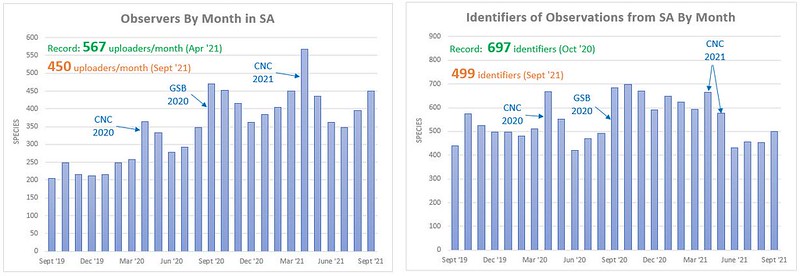

Top Identifiers of Observations in SA during September '21 (Excluding IDs on own observations)
| Identifier | Improving IDs | Identifier | Supporting IDs | ||||
|---|---|---|---|---|---|---|---|
| alan_dandie | 325 | alan_dandie | 1,565 | ||||
| cobaltducks | 308 | cobaltducks | 1,355 | ||||
| ellurasanctuary | 260 | ellurasanctuary | 732 | ||||
| kallies | 93 | george_seagull | 646 | ||||
| asimakis_patitsas | 77 | glycymeris | 518 |
(Data used for this post taken on the 7th of October. It excludes any observations and identifications from September that were uploaded after this date)



